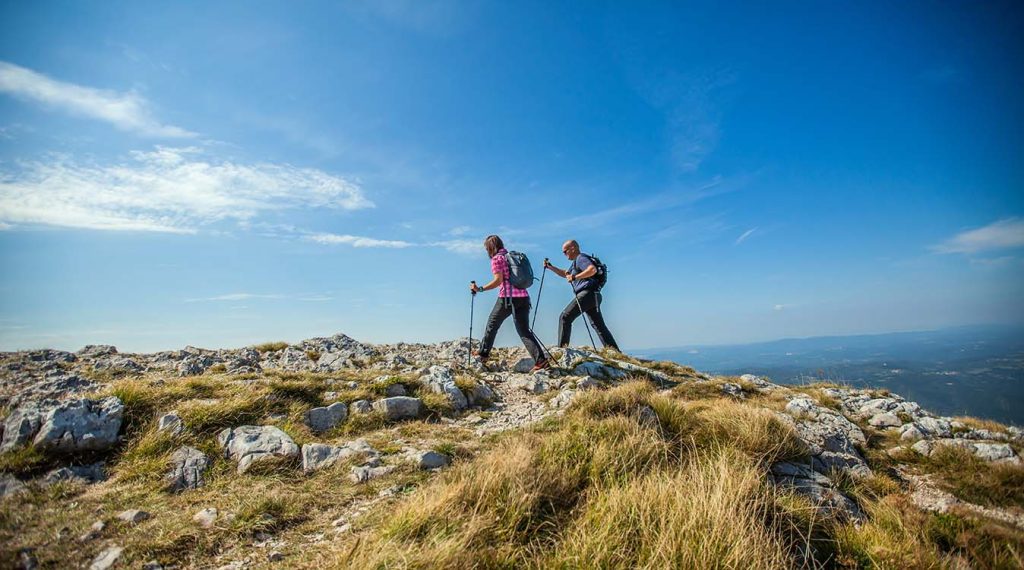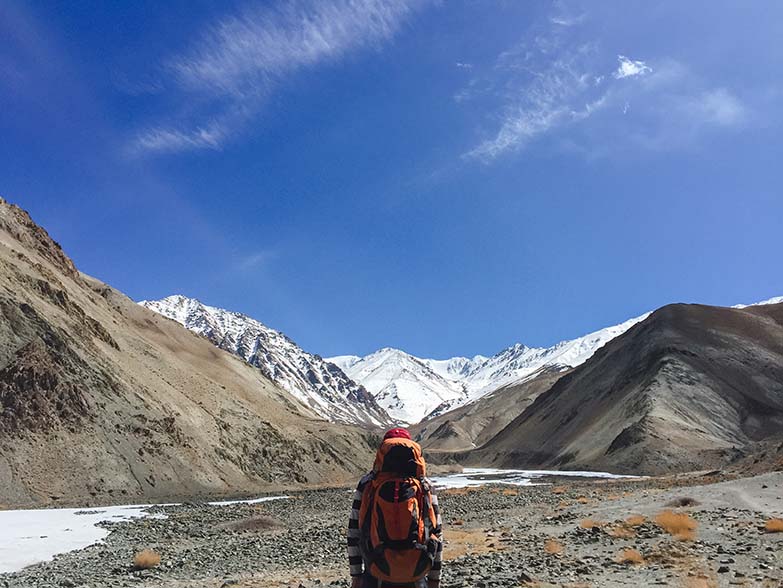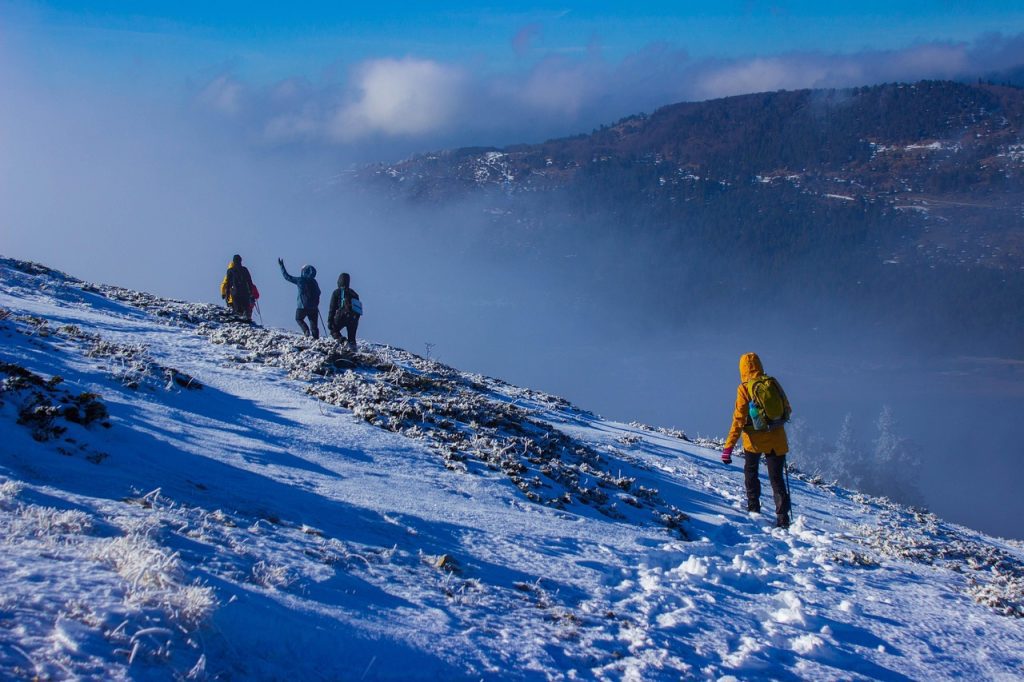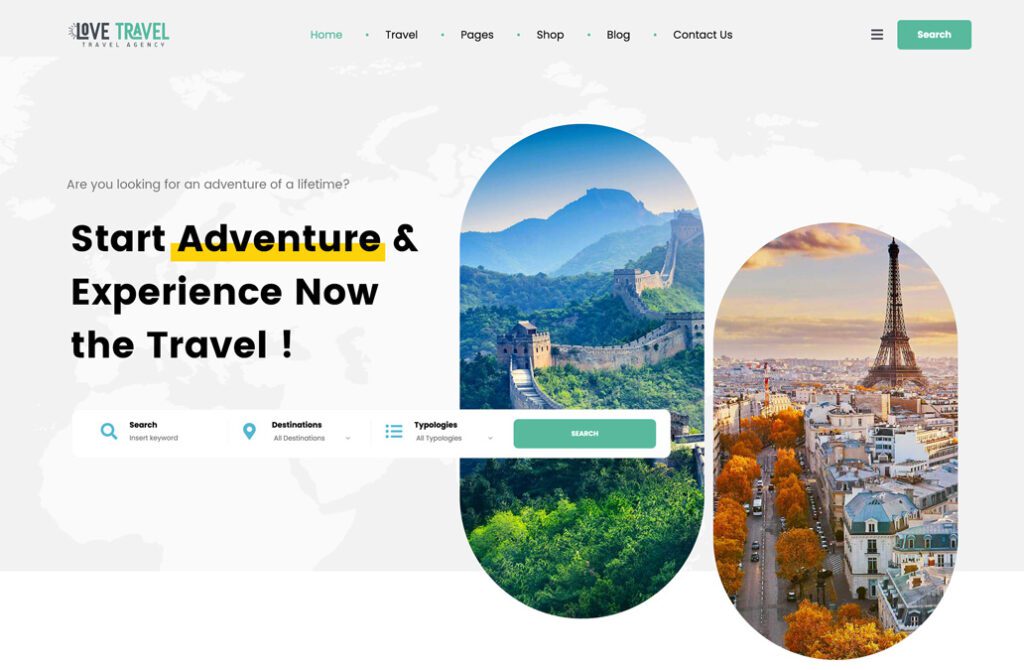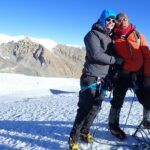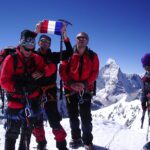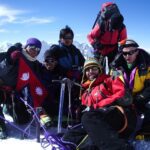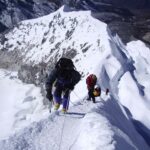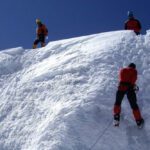Nepal’s remarkable variety of geography, culture, and height makes it one of the world’s most distinctive trekking locations. From tranquil trails through rhododendron forests to challenging trips across high Himalayan passes, these are the best ten hikes to consider in 2025, graded from easy to tough.
1. Ghorepani Poon Hill Trek: Easy and Scenic for Beginners
Duration: 4-5 days.
Difficulty: Easy
Maximum altitude: 3,210 meters.
Starting Point: Nayapul, near Pokhara.
Why Go: This is an excellent introduction to hiking in Nepal. The trek leads through lush forests, waterfalls, and traditional Gurung and Magar communities. The sunrise vista from Poon Hill is particularly spectacular, with panoramic views of Annapurna South, Dhaulagiri, Machapuchare, and other peaks.
Ideal for: First-timers, families, and anyone short on time
2. Everest View Trek – See Everest without climbing too high.
Duration: 5-7 days.
Difficulty: Easy to Moderate.
Maximum altitude: 3,880 meters.
Starting Point: Lukla.
Why Go: This short climb provides breathtaking views of Mount Everest and the surrounding mountains without going all the way to base camp. The trail leads from Namche Bazaar to Tengboche, where you can see the famed monastery against the backdrop of Mount Everest.
Best for: Travelers with limited time or those who prefer to avoid high altitudes
3. Langtang Valley Trek: Raw Beauty Close to Kathmandu
Duration: 7-10 days.
The difficulty is moderate.
Maximum altitude: 4,984 meters (Tserko Ri).
Starting Point: Syabrubesi (7-8 hours travel from Kathmandu).
Why Go: The Langtang Valley is often neglected, although it is one of Nepal’s most scenic hikes. The walk leads through rhododendron trees, yak farms, and Buddhist monasteries. You will also have views of Langtang Lirung and genuine Tamang friendliness.
Ideal for: Nature lovers, photographers, and those seeking quieter trails.
4. The Annapurna Base Camp (ABC) Trek is the most popular trek in Nepal
Duration: 7-12 days.
The difficulty is moderate.
Maximum altitude: 4,130 meters.
Starting Point: Nayapul or Ghandruk.
Why Go: ABC is a real classic, combining rich Gurung culture with breathtaking mountain landscape. You will travel through terraced fields, bamboo forests, and alpine terrain to reach the Annapurna Sanctuary’s natural amphitheater, which is encircled by peaks such as Annapurna I, Hiunchuli, and Machapuchare.
Best For: Those looking for a somewhat difficult but rewarding hike.
5. Mardi Himal Trek: Short, Quiet, and Jaw-Dropping Views.
Duration: 5-7 days.
The difficulty is moderate.
Maximum altitude: 4,500 meters.
Starting Point: Kande or Phedi.
Why Go: Mardi Himal is a hidden gem. The trail follows a high ridge, providing close-up views of Machapuchare and the Annapurnas. Teahouses are already well-established, and they’re an excellent choice for a quick hike with spectacular scenery and less people.
Best for: Hikers seeking for a new route to go instead of the popular ABC trail.
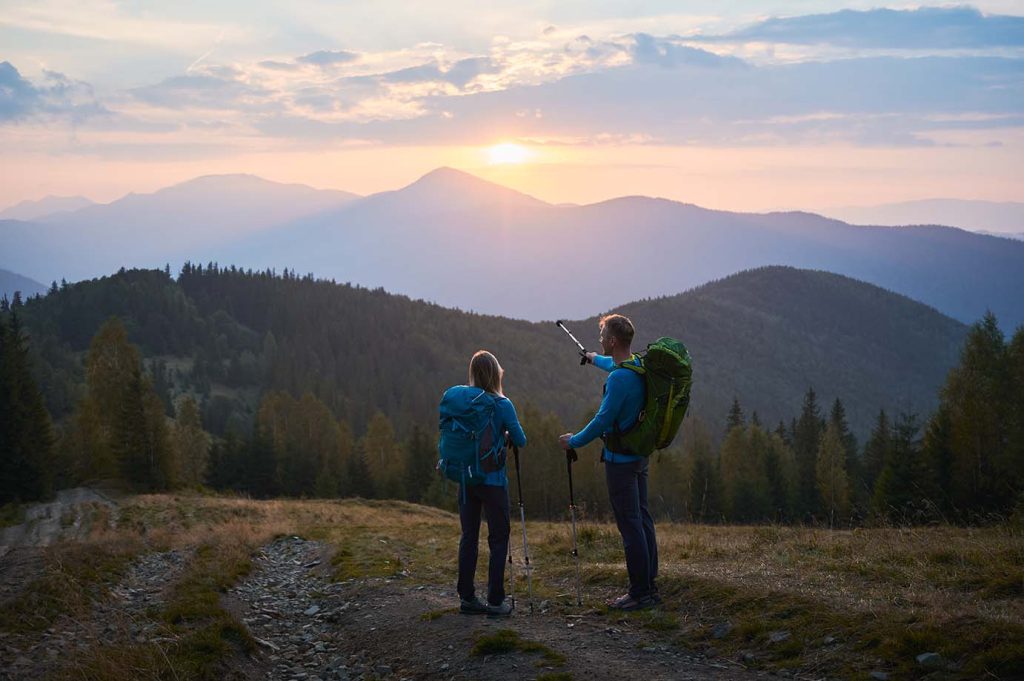
6. Upper Mustang Trek: Walk Through the Last Forbidden Kingdom
Duration: 12-15 days.
Difficulty: Moderate to strenuous
Maximum altitude: 4,200 meters.
Starting Point: Jomsom.
Why go: Upper Mustang is unlike any other hike in Nepal. The arid, windswept environment more closely resembles Tibet than the Annapurna region’s lush foliage. You will see old Buddhist monasteries, intriguing caverns, and the walled city of Lo Manthang.
Permits Required: Restricted Area Permit (USD 500 for 10 days)
Ideal for: Cultural explorers and those seeking an entirely different landscape.
For more information on permits, visit here.
7. Manaslu Circuit Trek: Remote, Rugged, and Rewarding.
Duration: 14-18 days.
Difficulties: Strenuous
Maximum altitude: 5,160 meters (Larke La Pass).
Starting Point: Soti Khola.
Why Go: This hike is a great alternative to the Annapurna Circuit, with fewer people and more natural beauty. You’ll pass through traditional Tibetan towns, cross suspension bridges over rushing rivers, and cross the breathtaking Larke La Pass.
Permits are required for restricted areas, as well as guides.
Best for: Trekkers seeking isolation and a mix of culture and difficulty.
8. Helambu Trek: An Underrated Gem Close to the Capital
Duration: 5-7 days.
Difficulty: Easy to Moderate.
Maximum altitude: 3,600 meters.
Starting Point: Melamchi or Sundarijal
Why Go: Helambu is close to Kathmandu but provides a serene Himalayan experience. The Hyolmo people live in the region, which also has old monasteries and lovely alpine meadows. It’s ideal for a quick break from the city.
Best for: Short-term trekkers looking for cultural immersion.
9. Everest Base Camp (EBC) Trek: Nepal’s Crown Jewel.
Duration: 12-14 days.
Difficulties: Strenuous
Maximum altitude: 5,364 meters.
Starting Point: Lukla.
Why Go: The Everest Base Camp trek is well-known for a reason. You’ll hike past iconic Sherpa settlements like Namche Bazaar and Tengboche before arriving to the base of Mount Everest. Highlights include Kala Patthar (the best Everest viewpoint), the Khumbu Glacier, and the breathtaking mountain amphitheater.
Best for: Adventurers looking to embark on one of the world’s most iconic treks.
10. Kanchenjunga Base Camp Trek – Remote and Wild Adventure.
Duration: 20-25 days.
Difficulty: Very strenuous
Maximum altitude: 5,143 meters.
Starting Point: Taplejung (available by airplane to Bhadrapur + driving).
Kanchenjunga is the place to go if you want to go where few others have gone. The walk takes you into eastern Nepal’s rugged and pristine nature, providing intimate vistas of Kanchenjunga (8,586m), the world’s third highest peak. Wildlife enthusiasts may even see red pandas and blue sheep.
Permits Required: Special restricted area permit and a licensed guide
Best for: Hardcore trekkers looking for an expedition-style adventure.
Read More: Manaslu Circuit Trek: Nepal’s Hidden Himalayan Gem

